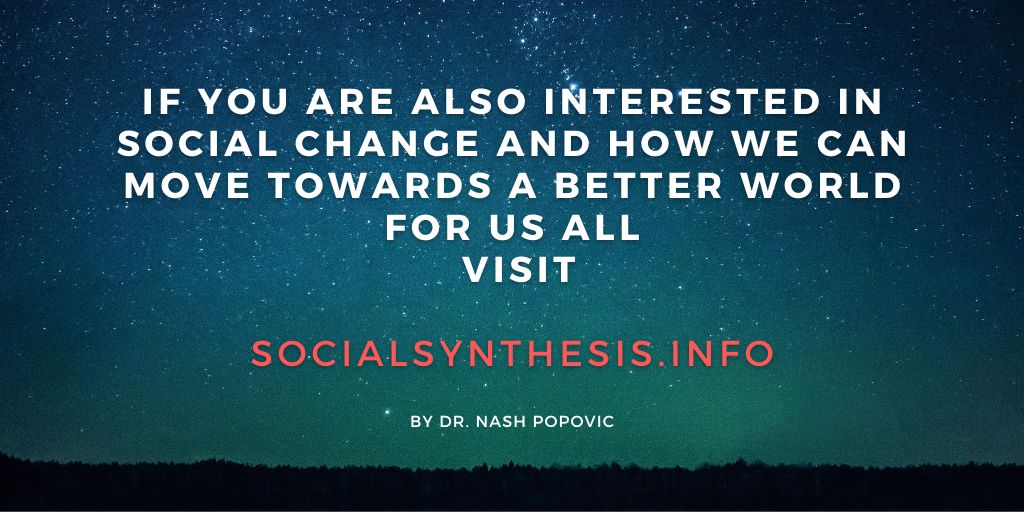10. Reasoning
To treat your facts with imagination is one thing, but to imagine your facts is another.
John Burroughs (19c naturalist)
Reasoning is an ability to make assessments and judgements, draw conclusions, and form views and ideas. This capacity depends on our ability to hold several pieces of information in awareness and connect them in a way that is helpful to deal with an issue or situation. Our own inertia and preferences conspire against it though, so we will start by addressing lazy and biased thinking first, and then we will turn to objectivity and realistic thinking.
Lazy thinking
Reasoning can be seen as agility or fitness of the mind, which means that it can be strengthened through practice: the more you exercise your reasoning the better you will be at it. Moreover, as physical exercise makes our bodies firmer and nicer, exercising our reasoning capacity makes our thoughts nicer and more elegant. If we don’t do so, the opposite happens – we backslide into lazy thinking. These are some examples of lazy (sloppy) thinking:
- Over-generalising: making general judgements on the basis of limited experience or a few instances of a situation (e.g. misusing never, always, or all as in ‘He never does the dishes, it is always me!’, ‘All politicians are crooks’).
- Impulsiveness: jumping to conclusions without checking (e.g. ‘mind reading’ or ‘fortune telling’: assuming that you know what somebody is thinking or what she will say or do).
- Selective exposure: exposing ourselves only to information which we know beforehand is likely to support what we already believe (e.g. a right-wing person who reads only right- wing newspapers or relies only on right-wing websites).
- Rigidity: unwillingness to consider alternatives to an initial judgement or conclusion.
- Over-simplifying: as in the case of black-and-white thinking (e.g. vilifying one side of a conflict and glorifying the other).
What’s wrong with lazy thinking
As Daniel Kahneman, the only psychologist who has won a Nobel prize, points out, we have two modes of thinking: fast and slow(1) (you can check it yourself: make your mind busy by counting for example; you will quickly become aware of a more faint but faster stream of thoughts below the ‘surface’). The advantage of the former is that is well – fast. Lazy thinking relies heavily on fast thinking. However, this has some disadvantages: we are prone to making mistakes when assessing more complex situations, which may lead to wrong conclusions and decisions. Lazy thinking is also not conducive to grasping different points of view and consequently to resolving interpersonal conflicts.
How to check whether or not your thinking is lazy
We naturally want to believe that what comes first to our minds is right. The trick is to stop for a moment and check first, especially if something is important (you don’t want to break up with your partner for the wrong reasons, do you?). Use the following questions (that correspond to the above points) to do so:
- Is always (never, all) justified here or I am over-generalising?
- Am I prematurely jumping to a conclusion?
- Have I considered arguments that do not support my view?
- Have I been closed-minded with my conclusions?
- Am I over-simplifying the situation? How to avoid lazy thinking
- Consider other instances. Say your partner does something that makes you think he is selfish. Is this typical or exceptional?
- Rather than assuming that you know, check (e.g. ask your partner to explain his intentions, thoughts or actions).
- Play ‘devil’s advocate’: try to argue against your own views. Is there another way to interpret his behaviour?
- Consider further evidence and information. Maybe there is a good reason for such behaviour that you are not aware of.
- Consider that things may be more complex and with a lot more shades of grey than it seems at first sight.
Biased thinking
Biased thinking means that your conclusions are not based on facts and good reasoning but some other indirectly related factors:
- Feelings: your thinking is influenced by your own mood or by liking or disliking something (e.g. you think somebody must be nice because you find them attractive).
- Interest or gains: your assessments and conclusions are influenced by possible benefits or losses.
- Unexamined beliefs: you base your conclusions on taken for granted but questionable assumptions (i.e. prejudices).
What’s wrong with biased thinking
Biased thinking is not good for social cohesion. It is like playing a game without shared rules. If everybody was biased we would not have common ground to be or do things together. Take football – without referees who are supposed to be impartial, many games would end up in arguments and fights. Biased thinking is also unfair. Have you ever ended up on the wrong end of the stick because of somebody’s bias? How did you feel? Outraged? Upset? Angry? Well, think about that the next time you are tempted to be biased. Furthermore, biased thinking often leads to distorted decisions and conclusions, which may have undesirable consequences that are hard to foresee at that moment.
How to check whether or not your thinking is biased
You can ask yourself the following questions (they correspond to the above points):
- Are my feelings affecting my thinking right now? Does my own framing or others’ framing influence me? Framing means using emotional language in order to reinforce your own or sway somebody else’s opinion and can be very effective. Take these examples: which meat is healthier: 80% lean or 20% fat? Are you going through a crisis or facing a challenge? Are you heading into your twilight years or your golden years?
- Do I have personal reasons to judge the situation in this light?
- Is my thinking based on facts or unexamined assumptions?
How to avoid bias:
- If you have noticed framing, try deliberately to reframe or de- frame your thoughts (e.g. ‘this golden opportunity’ into ‘this high risk venture’ or ‘this business proposal’).
- Compare your view with the views of those who have no personal interest in that particular situation or imagine what somebody who has no interest in the situation would think.
- Examine the assumptions your conclusions are based on.
Objectivity and realistic thinking
Building on the above, we can develop these two:
- Objectivity is an ability to discriminate between facts and personal inclinations. Being subjective is not wrong, but it is important to have the capacity to be objective when needed. This is not straightforward though – we can easily trick ourselves. For this reason some seek objectivity in the view of the majority, but we can’t always rely on others either – even large groups can be subjective (this is called collective bias). So, to be objective, it is better to step back and detach ourselves from both personal as well as collective inclinations. This is called distancing and it is what scientists and judges do to maintain their objectivity. Not only does distancing help you be more objective, it also enables you to see the larger picture – a view expands with the distance. To distance yourself, step back and imagine observing the situation from the ‘outside’.
- Realistic thinking means assessing a situation accurately and making likely predictions and expectations. This requires facing reality and yourself as they are, which does not seem to come to us naturally. According to research, ‘normal individuals exhibit modest self-enhancing biases.’(2) This is because they can make us feel temporarily better, but being realistic pays off in the long run: ‘it is through realism that we can most effortlessly reduce our expectations and hence avoid disappointment.’(3) Improbable things do occasionally happen and they can be very special, but expecting them to occur when we wish them is well, unrealistic.
(1) Kahneman, D. (2011) Thinking, Fast and Slow. London: Penguin
(2) Epstein, S. (1993) ‘Emotion and Self-Theory’ in Lewis, M. & Havilland J. (eds) Handbook of Emotions. New York; London: Guilford Press, p.323
(3) Barrow, R. (1990) Understanding Skills Ontario: Althouse, 1990 p.127.

